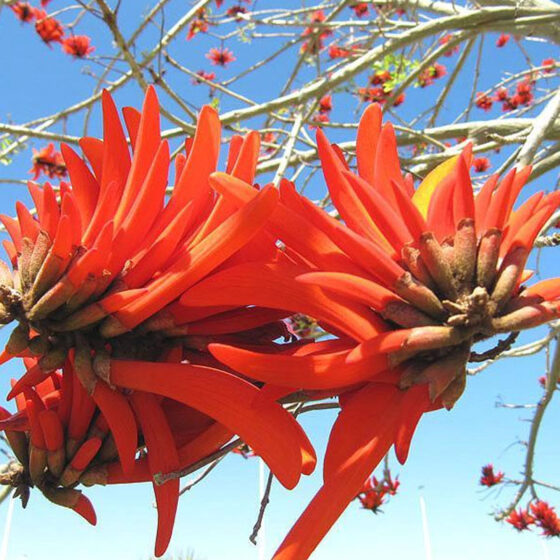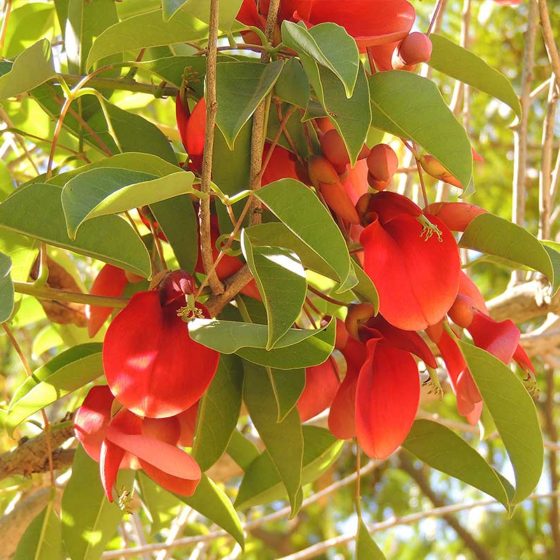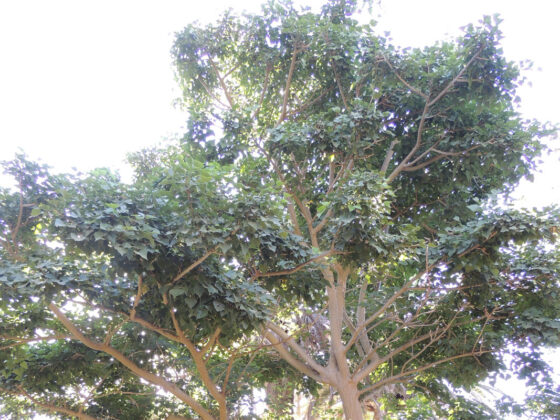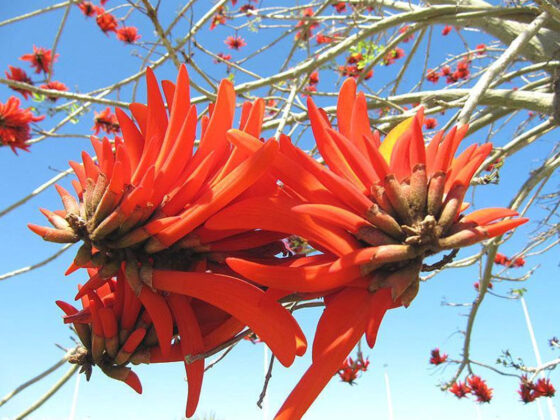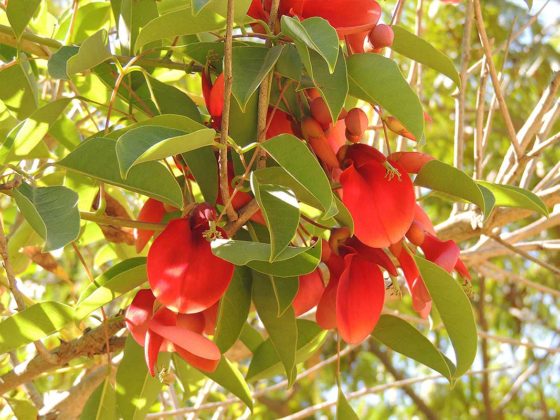Cockspur Coral Tree
Erythrina crista-galli
Erythrina crista-galli is commonly called either the coral tree or cockspur coral tree.
Erythrina comes from the Greek and means red. Crista galli comes from Latin and means rooster crest, alluding to its flowers.
The Cockspur coral tree is the national flower of Argentina and Uruguay. It is a tree from the Faboideae subfamily originating in South America, where it is found in northeast and central-eastern Argentina, east of Bolivia and south of Brazil, much of Paraguay, and almost all of Uruguay.
It is a medium sized tree, with a diameter of stem that can exceed a metre, and heights of between 5 to 10 m, rarely reaching up to 20 m. Its root is a taproot, with nodules produced by nitrifying bacteria that live in symbiosis. This facilitates the absorption of the nitrogen they fix and from which they take the organic substances that develops.
The stem is woody, irregular, and of branches with spines that form a layer without definite form and die after flowering. The flowers are arranged in inflorescences of the raceme type and are red. The plants bloom from October to April.
The fruit is a monocarpic legume, dry, up to 20 cm long and dark brown. The seeds, cylindrical in shape, are arranged spaced inside the pod. They are a brown colour.
It is found in low floodplains, and along the water courses of the Chaco and the Eastern Region. It does not inhabit the high forest or dry places that don’t flood. It tolerates water saturated soils very well; the seeds are transported by water germinating in places such as sandbanks, where they help stabilise the land and form new islands.



